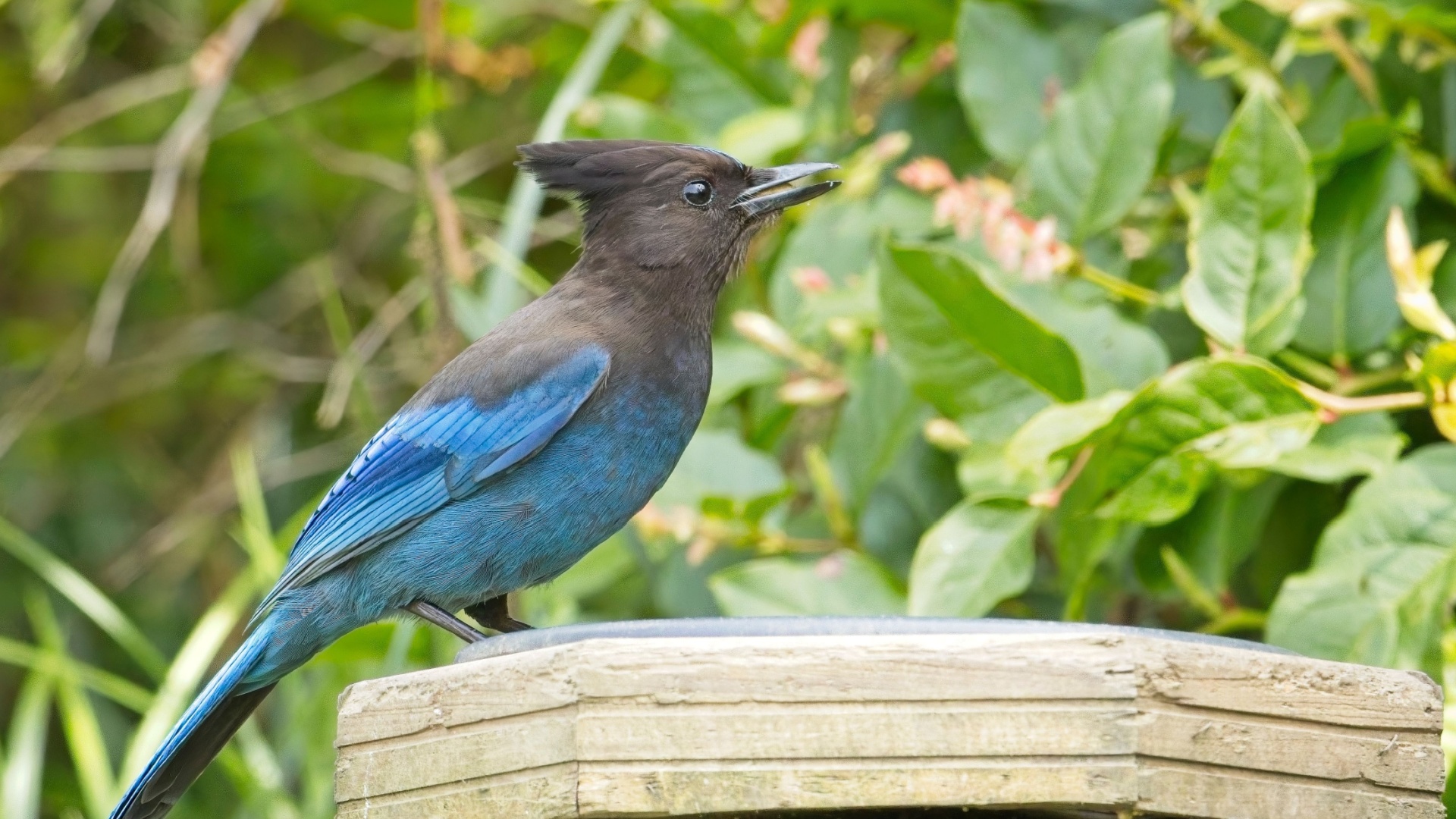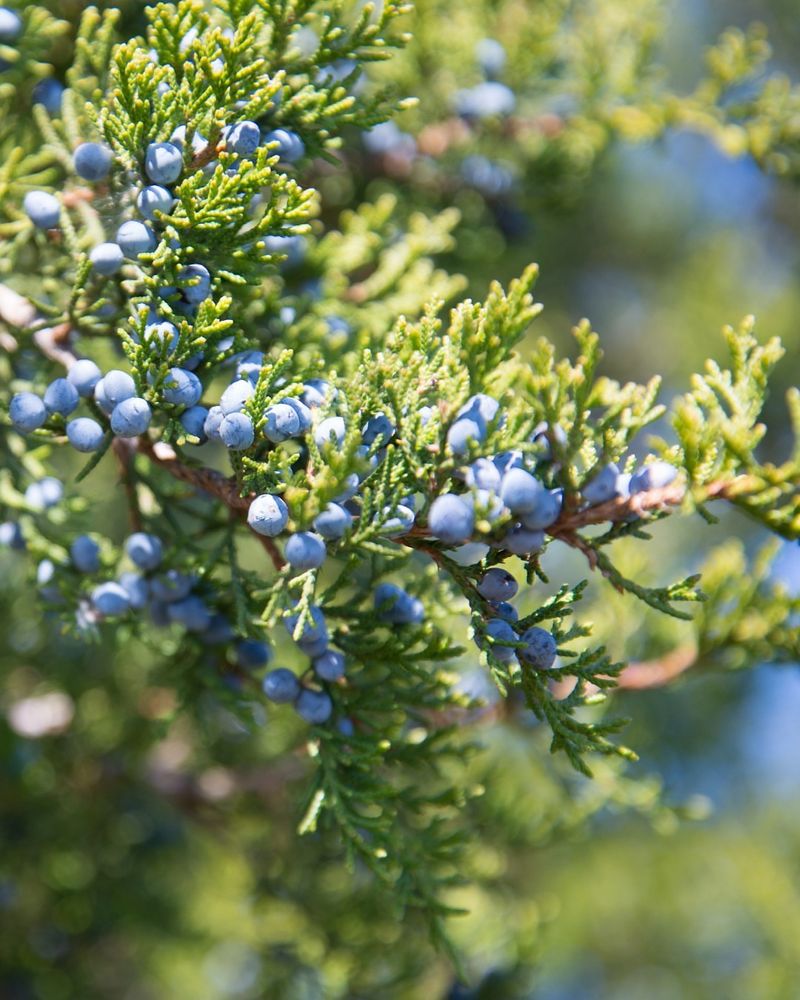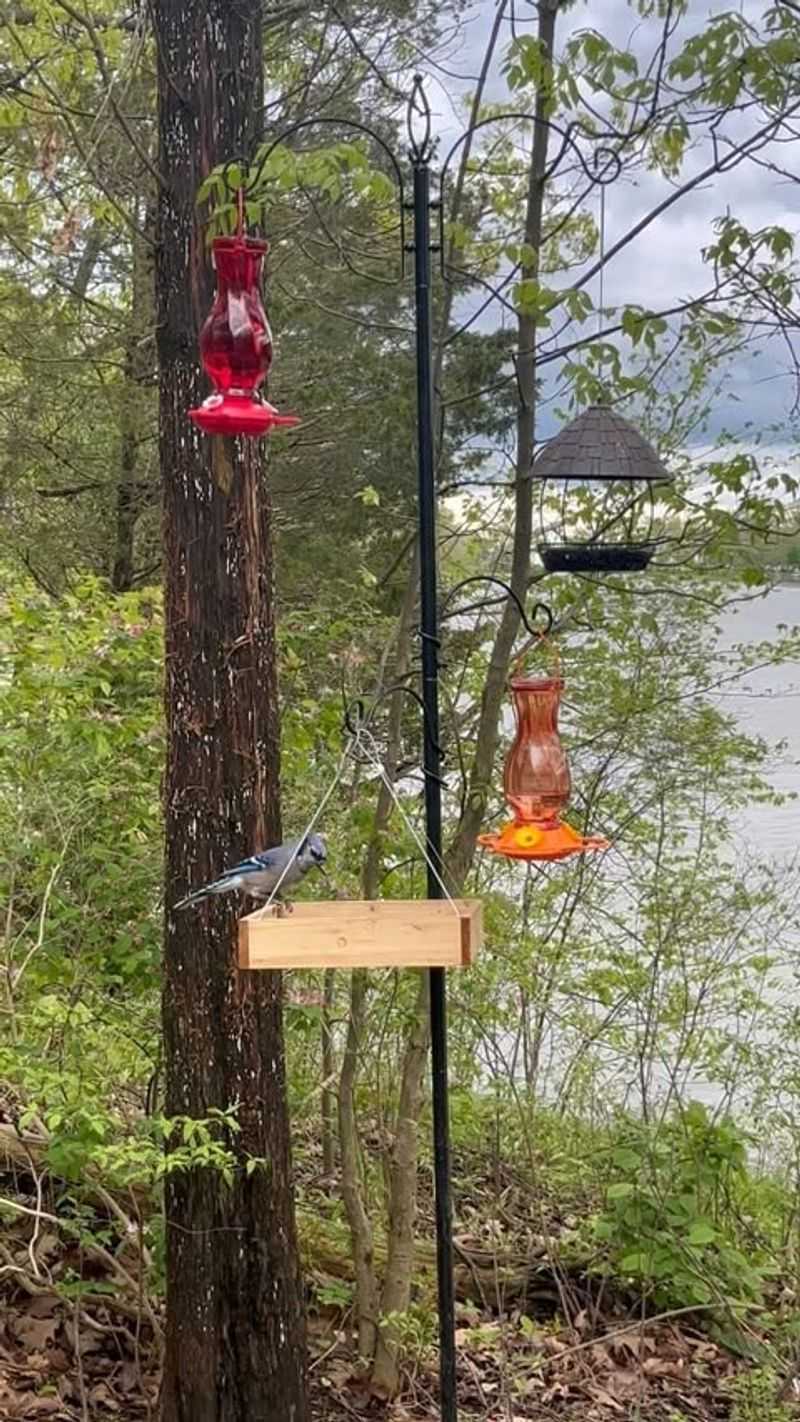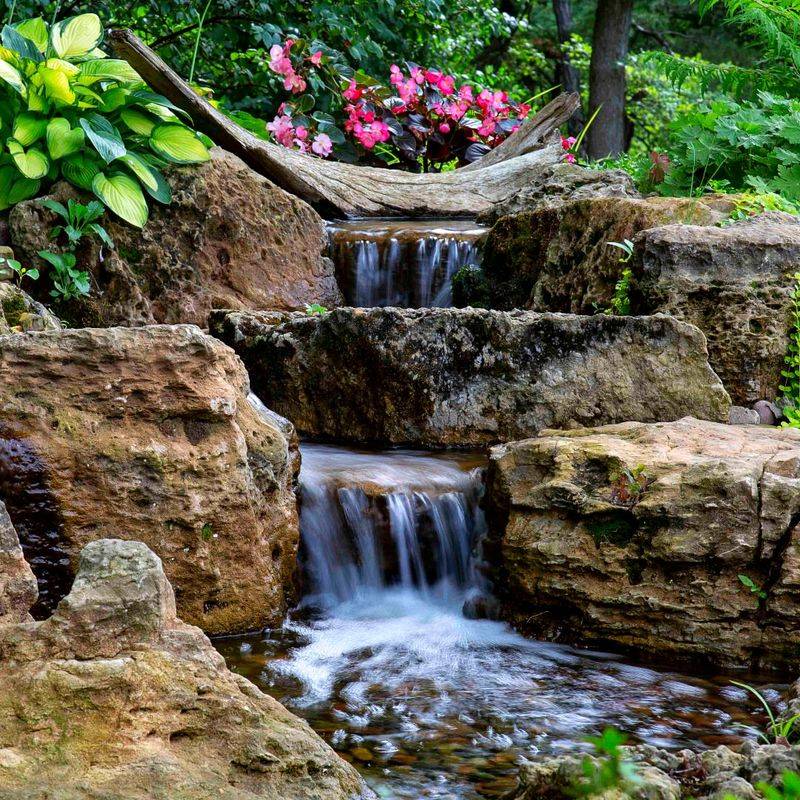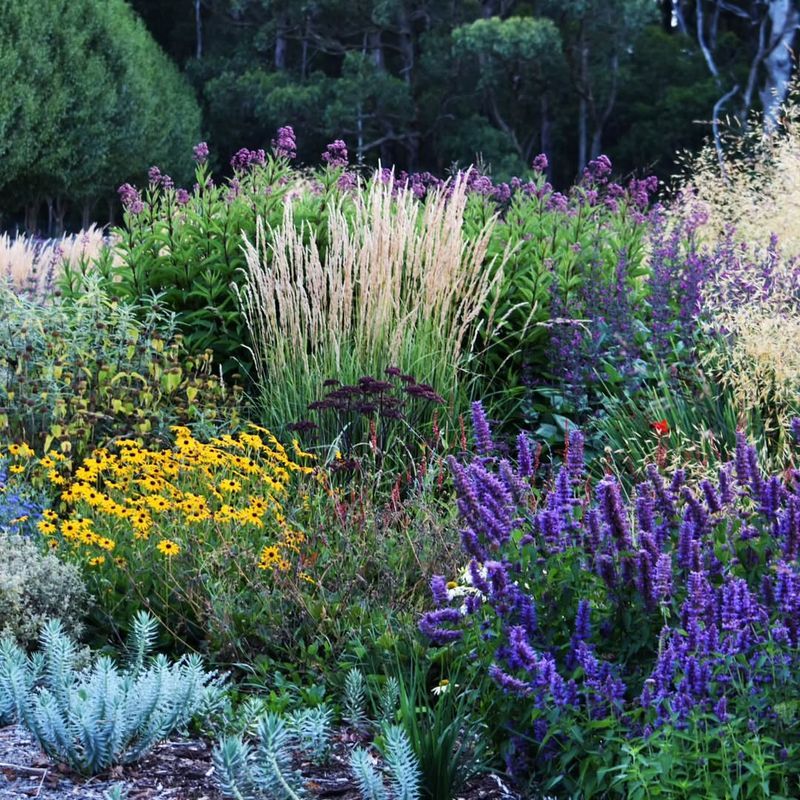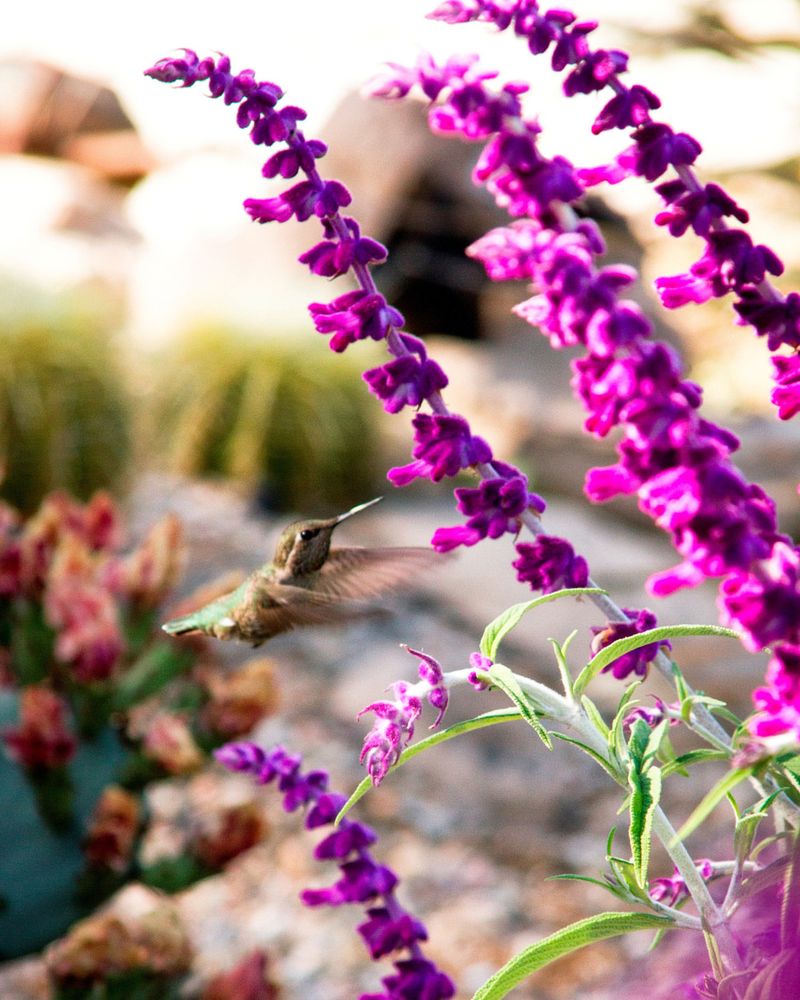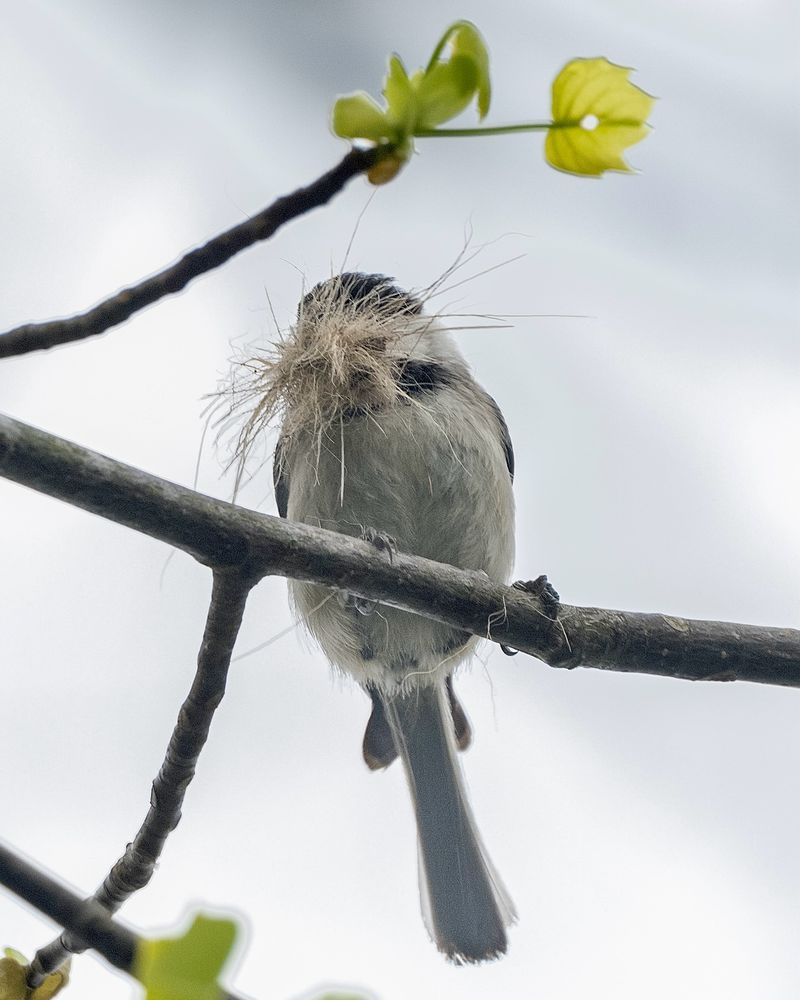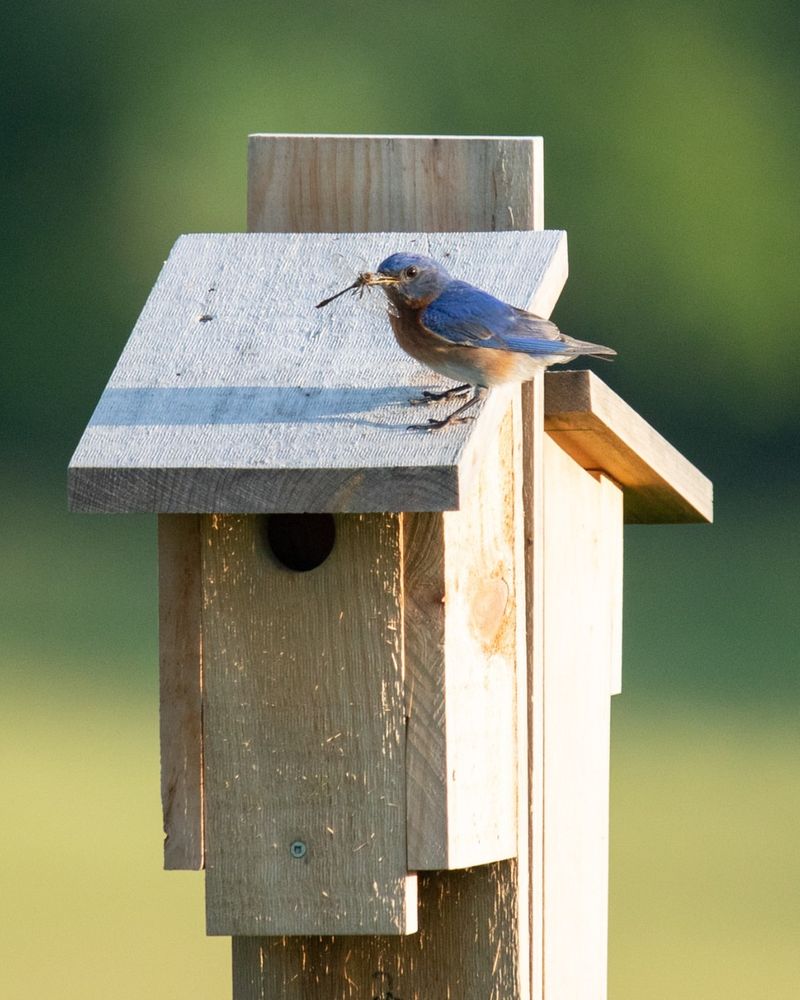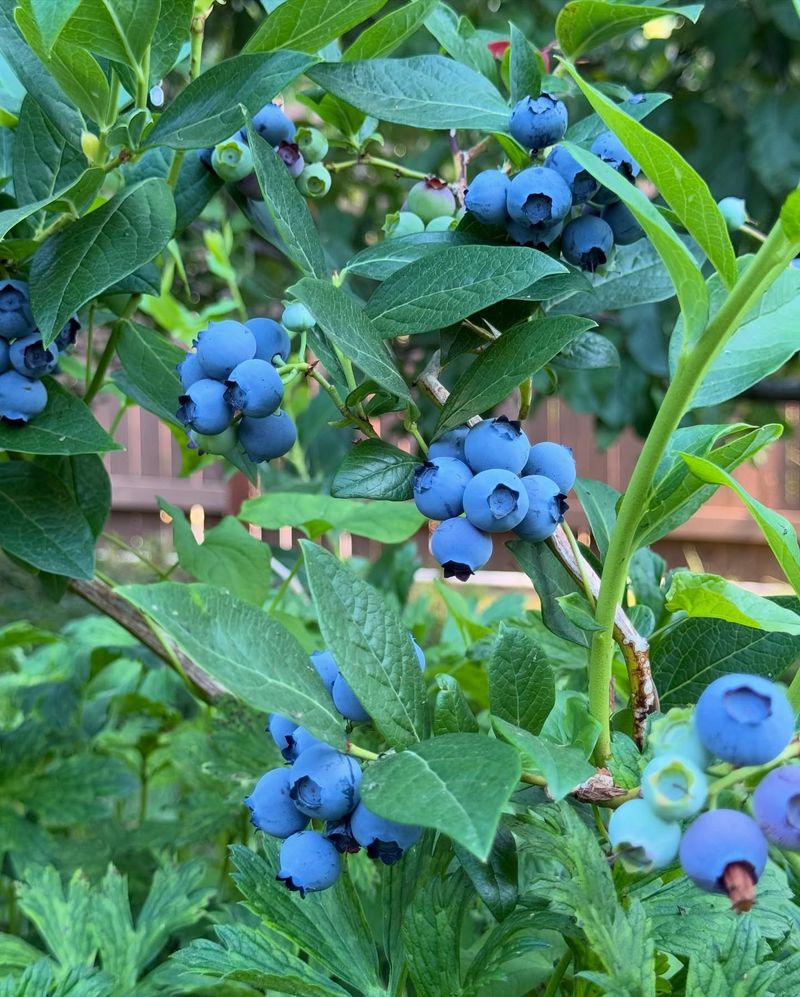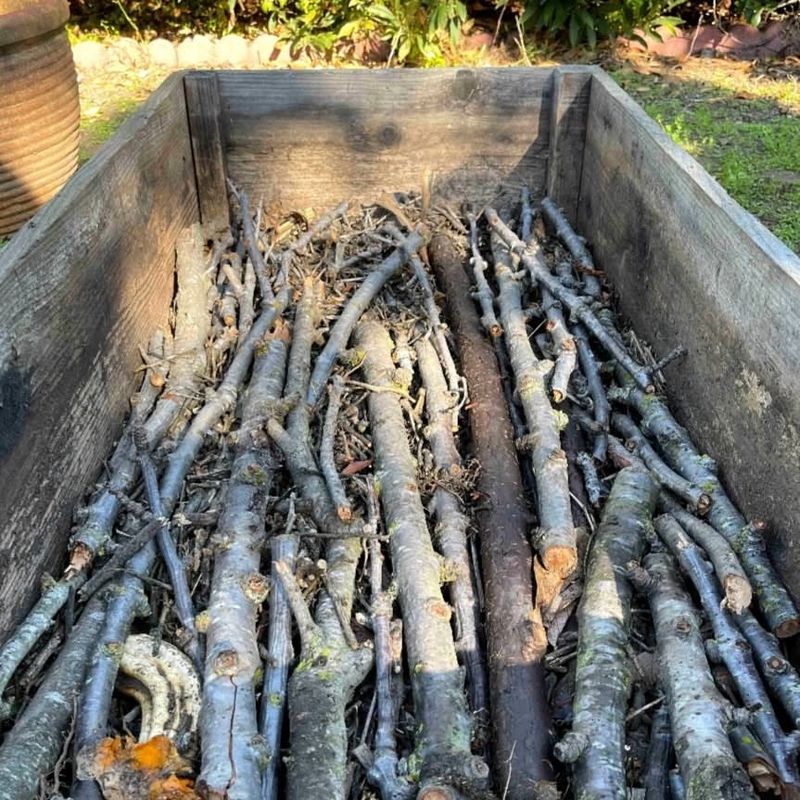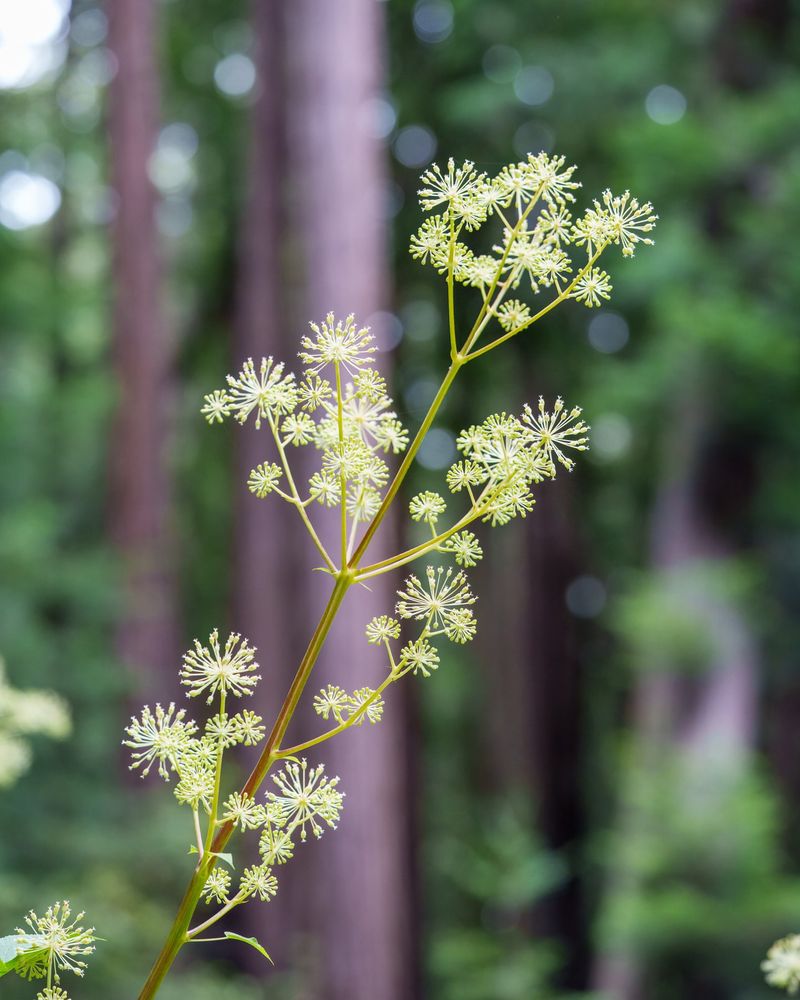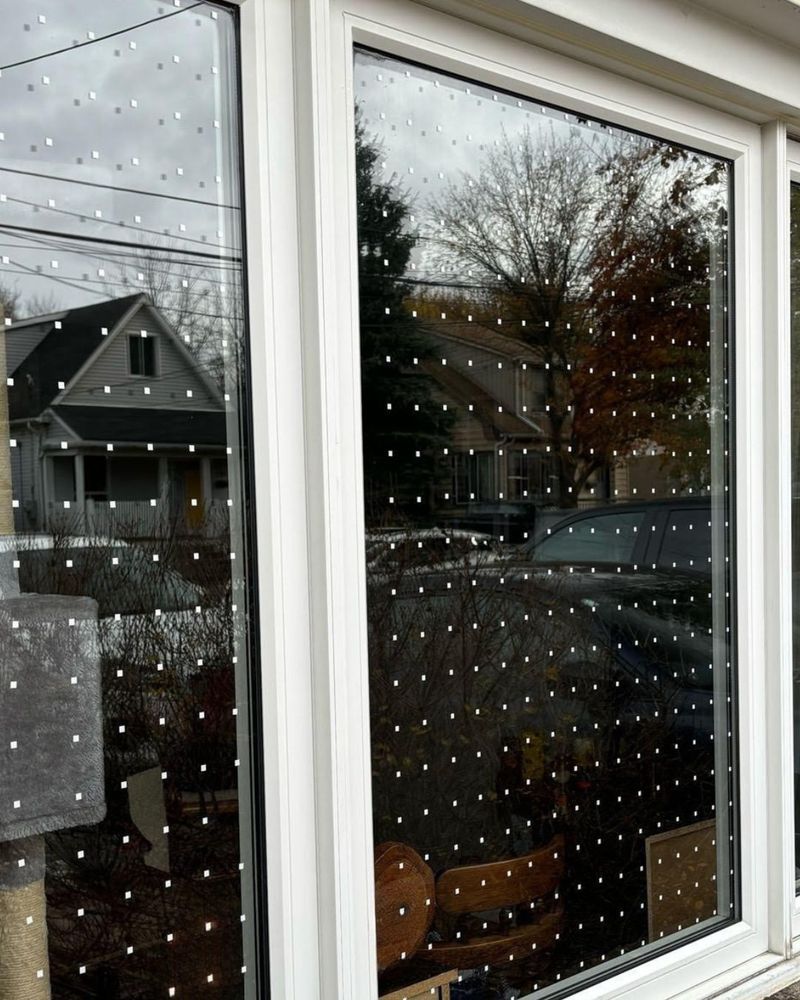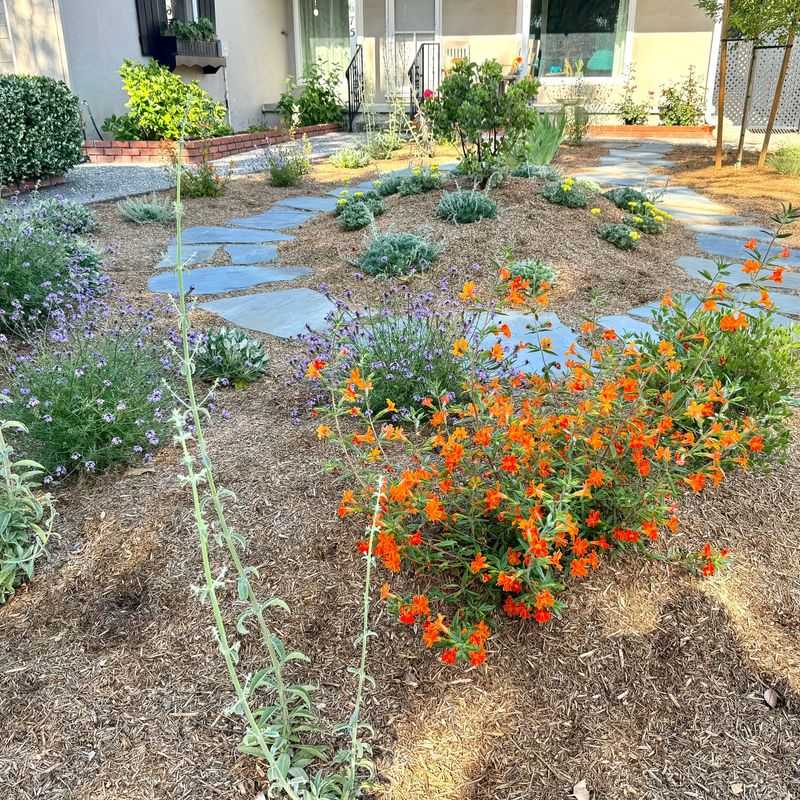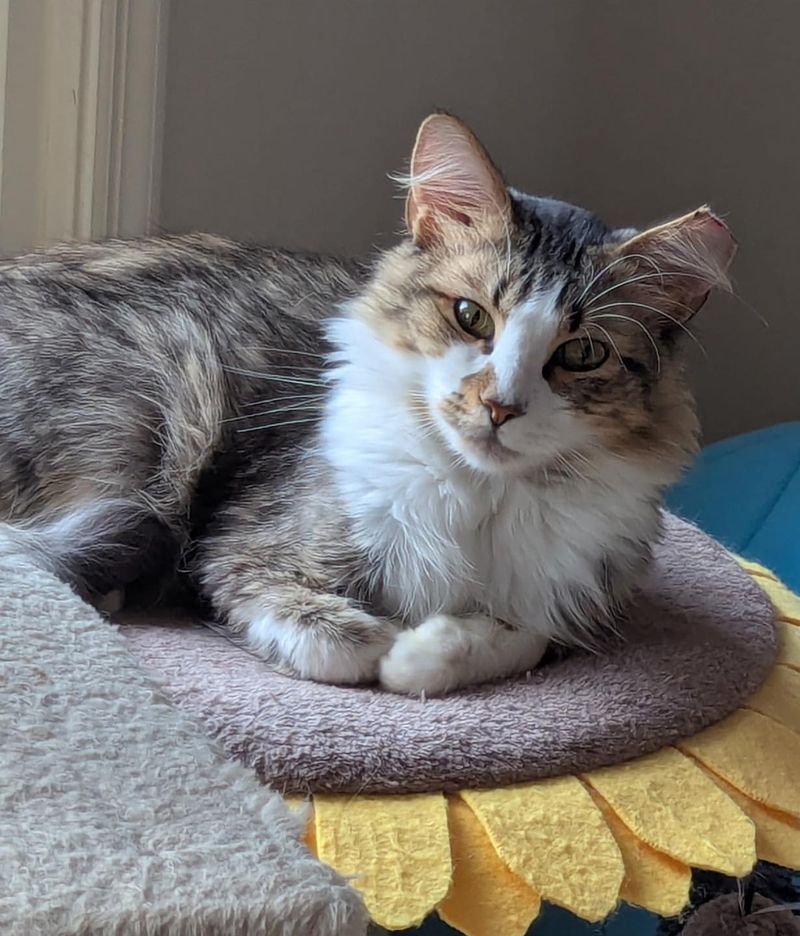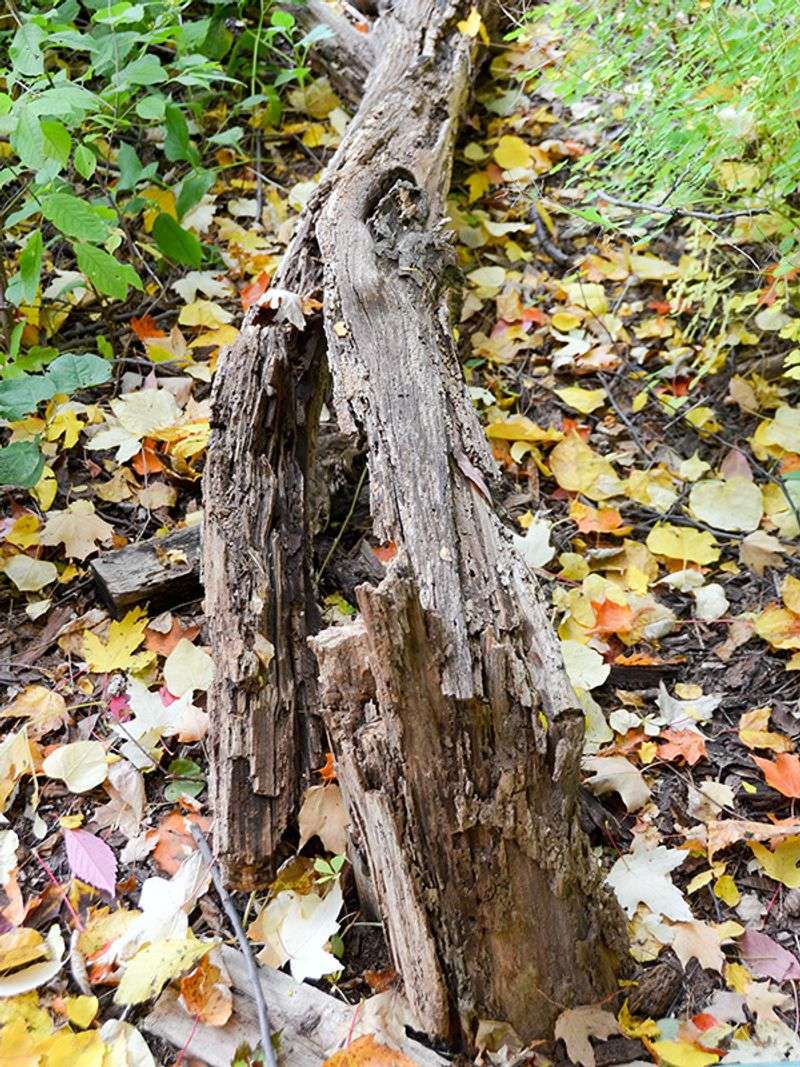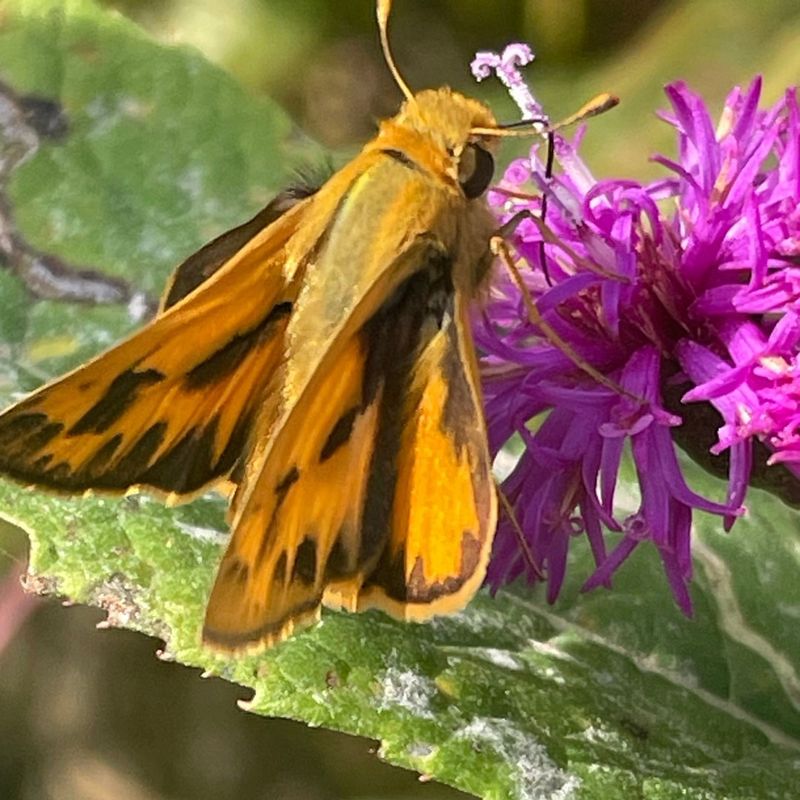Creating a garden that attracts birds brings color, song, and natural pest control to your backyard. Washington State’s diverse climate supports many bird species, from tiny hummingbirds to majestic eagles.
By making a few smart choices in your garden design and plant selection, you can transform your outdoor space into a bird paradise while supporting local wildlife conservation.
1. Plant Native Trees And Shrubs
Native plants provide the perfect food sources for local birds who’ve evolved alongside them for centuries. Douglas fir, Western red cedar, and Oregon grape offer natural shelter and food.
Birds recognize these plants instinctively, making your garden instantly more attractive. The berries, seeds, and insects these plants support create a natural buffet for feathered visitors year-round.
2. Add A Variety Of Bird Feeders
Different birds prefer different dining styles! Tube feeders attract finches and chickadees, while platform feeders welcome larger birds like jays and grosbeaks. Suet feeders become especially popular during Washington’s cooler months.
Position feeders at varying heights and locations throughout your garden. Remember to clean them regularly to prevent mold and disease spread among your winged visitors.
3. Create Water Features
Birds need fresh water for drinking and bathing, especially during dry summer months. A simple birdbath with gradually sloping sides provides safe access for birds of all sizes.
Moving water attracts even more attention – consider adding a small fountain or dripper. Place water features near shrubs so birds can quickly retreat to safety if threatened. During winter, a heated birdbath becomes an especially valuable resource.
4. Layer Your Garden Design
Wild birds thrive in environments with multiple vegetation layers. Tall trees provide nesting sites for species like chickadees and woodpeckers. Mid-level shrubs offer protection from predators and weather.
Ground-level plants complete the habitat puzzle with seeds and insect-attracting flowers. This natural architecture mimics birds’ preferred forest edge habitats, making them feel right at home in your garden space.
5. Avoid Chemical Pesticides
Chemical pesticides don’t just kill garden pests – they harm the insects birds depend on for food. Many products also contain toxins that move up the food chain, potentially poisoning birds directly.
Embrace natural pest control methods instead. Encouraging beneficial insects, practicing companion planting, and accepting some plant damage creates a healthier ecosystem. Birds themselves will help control pest populations naturally!
6. Provide Nesting Materials
Spring brings nesting season, when birds search for building supplies. Leave small piles of twigs, grass clippings, and pet fur in mesh bags or suet feeders around your garden.
Many Washington birds, like chickadees and nuthatches, appreciate natural fibers for nest construction. Watching birds collect these offerings provides delightful garden entertainment while helping them create safe homes for their families.
7. Install Birdhouses For Native Species
Cavity-nesting birds face housing shortages due to removal of dead trees. Properly designed birdhouses can help species like chickadees, swallows, and wrens find homes in your garden.
Research specific requirements for local birds – entrance hole size matters! Mount houses 5-20 feet high on poles or trees, facing away from prevailing winds. Clean houses annually during fall or winter to prepare for spring nesting.
8. Grow Berry-Producing Plants
Berry plants provide critical food sources through changing seasons. Salmonberry, elderberry, and snowberry are Washington natives that birds adore. These plants produce fruits at different times, ensuring year-round food availability.
Cedar waxwings and robins especially love berries during migration and winter. Plant several varieties in groups to create attractive feeding stations that birds will return to repeatedly throughout the year.
9. Create Brush Piles
Rather than hauling away fallen branches and yard trimmings, stack them in a corner to create wildlife habitat. These brush piles provide shelter during harsh weather and protection from predators.
Juncos, sparrows, and wrens particularly appreciate these safe havens. The decaying wood also attracts insects, creating a natural feeding station. Position brush piles near shrubs to create wildlife corridors through your garden.
10. Select Plants With Different Blooming Times
Planning for continuous blooms ensures nectar sources for hummingbirds and seed-producing plants for other birds throughout the seasons. Red-flowering currant offers early spring nectar while late-blooming asters provide fall seeds.
Western Washington’s mild climate allows for extended blooming periods. Consider evergreen plants like Oregon grape that provide winter interest while supporting birds with berries during the lean months.
11. Reduce Window Collisions
Window strikes kill millions of birds annually. Prevent these tragedies by applying window decals, screens, or strings of beads to break up reflections on large glass surfaces.
Position bird feeders either within three feet of windows so birds can’t build up flight speed, or more than 30 feet away. Closing interior blinds can also reduce the mirror effect that confuses birds during flight.
12. Limit Lawn Space
Traditional lawns offer little value to birds. Replace portions with native groundcovers, wildflower meadows, or prairie plants that provide seeds and attract insects.
Kinnikinnick and coastal strawberry make excellent native lawn alternatives in Washington. The diverse plant structure creates microhabitats for ground-feeding birds like towhees and sparrows who scratch through leaf litter searching for food.
13. Keep Cats Indoors
Outdoor cats, even well-fed ones, instinctively hunt birds. A cat-free garden is dramatically more bird-friendly. If your feline must experience the outdoors, consider a catio or enclosed cat run.
Bell collars help somewhat but don’t eliminate the threat entirely. Creating dense protective shrubs gives birds quick escape routes when neighborhood cats venture into your yard. Your bird visitors will thank you for this life-saving consideration!
14. Maintain Snags And Fallen Logs
Dead trees (snags) and fallen logs create prime real estate for cavity-nesting birds and insect-eaters. Woodpeckers excavate homes in soft dead wood while flickers and nuthatches hunt for insects beneath loose bark.
If safety permits, preserve these natural features in your landscape. Even a tall stump can become a wildlife apartment building! Remove only hazardous dead trees near structures or pathways.
15. Leave Fall Leaves and Seedheads
Resist the urge to tidy up completely in fall. Dried seedheads from coneflowers, sunflowers, and native grasses provide winter bird food. Leaf litter harbors insects and creates foraging opportunities for ground-feeding birds.
Washington’s juncos and towhees particularly appreciate this natural buffet during winter months. Clean up selectively in spring, leaving some areas wild to support the complete lifecycle of beneficial insects birds depend on.

